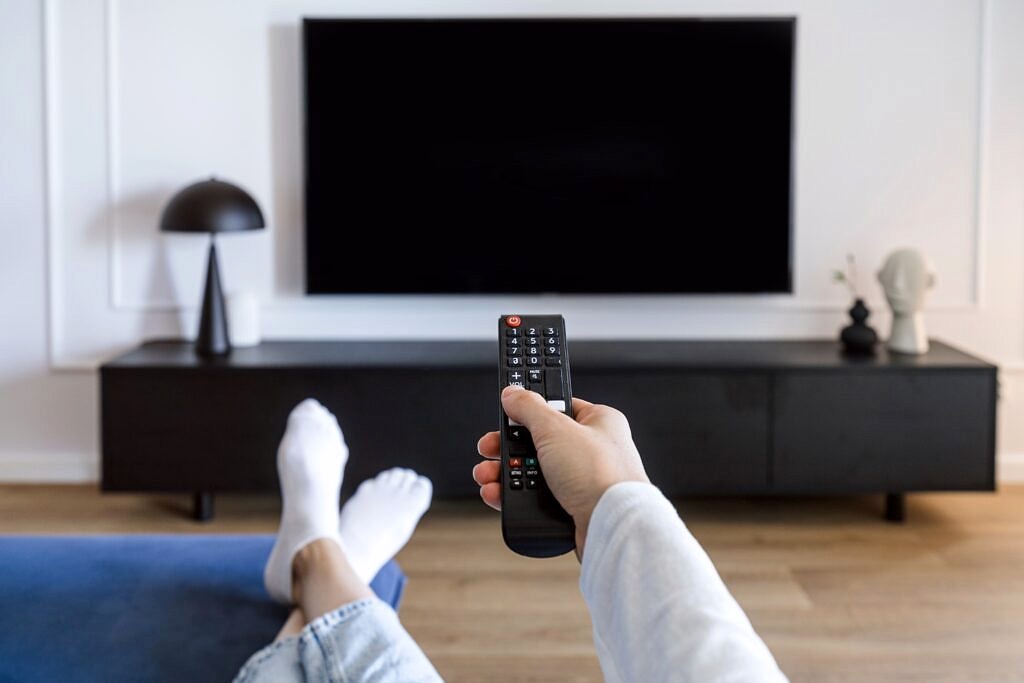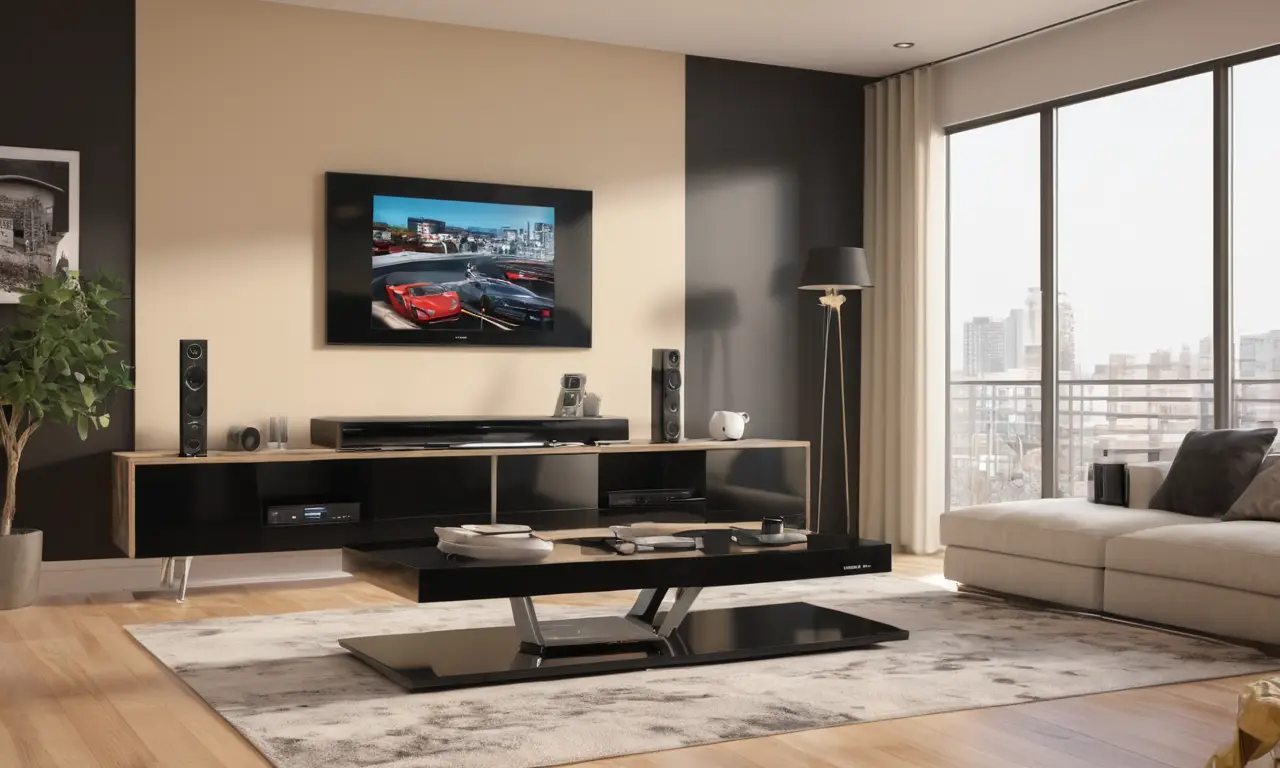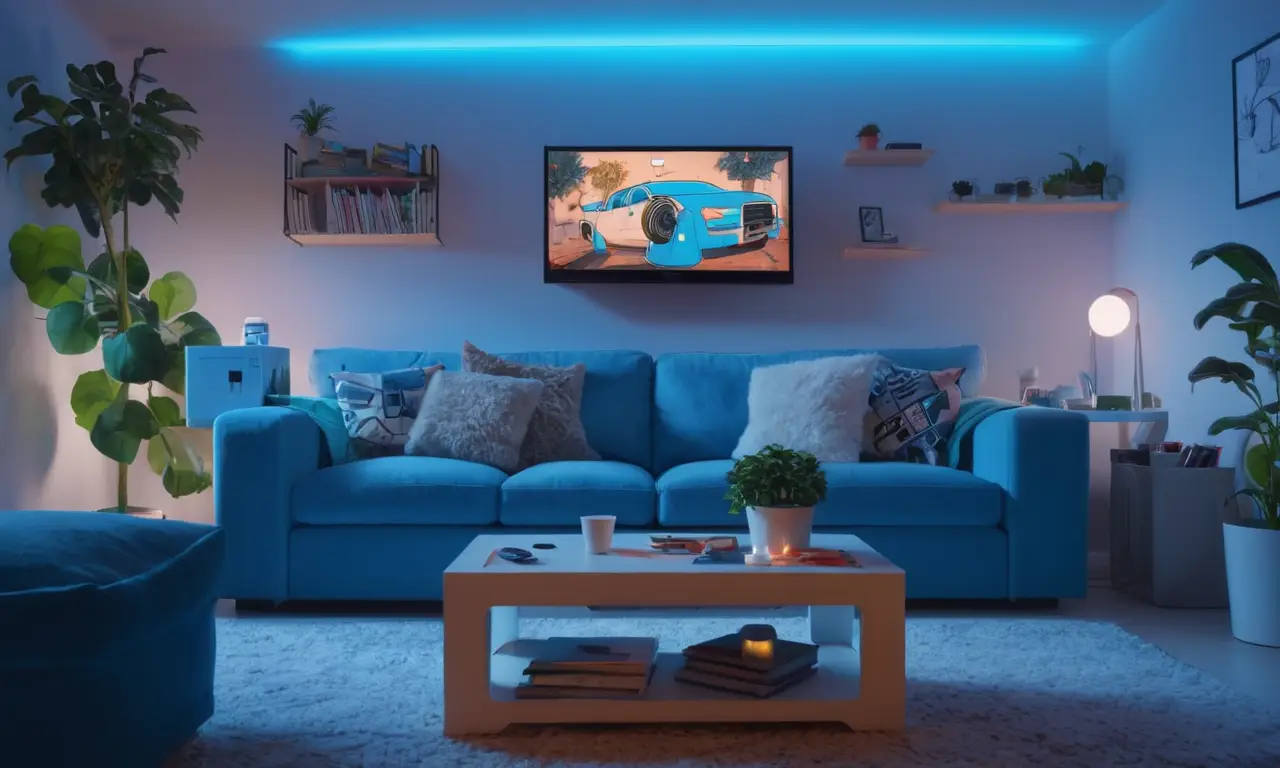
Want to upgrade your apartment living room with a sleek, modern look? Mounting your television on the wall can be a fantastic way to achieve that. It frees up valuable floor space, creates a more cinematic viewing experience, and simply looks more stylish than a bulky TV stand. However, before you grab your drill and start hammering, there are some important factors to consider.
This comprehensive guide will walk you through everything you need to know about mounting a TV in an apartment, from understanding your lease agreement to choosing the right wall mount and ensuring proper cable management. By following these steps, you can confidently transform your living space into a home theater haven without running afoul of your landlord or damaging your walls.
Apartment Lease Agreements and TV Mounting
The first step in any wall mount in apartment project is reviewing your lease agreement carefully. Some landlords explicitly prohibit wall modifications, including drilling holes for mounting TVs. Others may have specific guidelines regarding the type of mounts allowed or require you to obtain written permission before making any changes.
If your lease doesn’t address TV mounting directly, it’s always best to err on the side of caution and reach out to your landlord for clarification. Explain your plans and inquire about their policy on wall modifications. This open communication can prevent potential issues down the road and ensure you have their blessing before proceeding.
Remember, even if your lease permits mounting a TV in an apartment, it’s crucial to follow any provided guidelines or restrictions. Some landlords may require you to use specific types of anchors or fasteners to minimize wall damage. Always prioritize maintaining good relations with your landlord by adhering to their rules and regulations.
Choosing the Right TV Wall Mount

With your lease agreement cleared, it’s time to select the perfect wall mount for your television. The wrong mount can lead to instability, damage to your TV, or an unsightly appearance. Consider these factors when making your choice:
- TV Size and Weight: Different mounts are designed to support varying screen sizes and weights. Ensure the mount you choose can safely accommodate your TV’s dimensions and weight specifications.
- Mount Type: There are various types of wall mounts available, including fixed, tilting, and full-motion mounts. Fixed mounts offer a simple and secure installation, while tilting mounts allow for adjustments to optimize viewing angles. Full-motion mounts provide the most flexibility, enabling you to swivel, tilt, and extend your TV for ultimate customization.
- VESA Compatibility: Your TV’s mounting holes must be compatible with the chosen wall mount. Check the VESA (Video Electronics Standards Association) size of both your TV and the mount to ensure a proper fit.
Determining Wall Strength and Support
Before drilling any holes, it’s essential to assess the strength and support of your apartment walls. Not all walls are created equal, and some may not be able to adequately support the weight of your TV and wall mount.
- Wall Material: Drywall is a common wall material in apartments, but it can be less sturdy than other materials like concrete or brick. If you have drywall walls, consider using heavier-duty anchors and fasteners designed for increased load capacity.
- Stud Location: Locate the studs within your wall using a stud finder. Studs are vertical wooden beams that provide significant structural support. Mounting your TV to a stud is always the most secure option.
- Weight Distribution: Ensure the weight of your TV and mount is evenly distributed across the wall surface. Avoid mounting heavy TVs on thin or unsupported sections of drywall.
Optimal TV Viewing Angle and Location

The placement of your mounted TV can significantly impact your viewing experience. Consider these factors when determining the optimal location:
- Viewing Distance: The ideal viewing distance depends on your TV size. Generally, a good rule of thumb is to sit about 1.5 to 2.5 times the screen diagonal distance away from the TV.
- Eye Level: Aim to mount your TV at eye level when seated. This ensures comfortable viewing without straining your neck or back.
- Room Layout: Think about the overall layout of your living room and how the TV will integrate with furniture placement, traffic flow, and natural light sources.
Cable Management for a Clean Look
A cluttered mess of cables can detract from the sleek aesthetic of a mounted TV. Implement these cable management strategies to keep things tidy:
- Cable Ties: Use cable ties or Velcro straps to bundle and organize cables behind your TV.
- Concealed Wiring: Consider running cables through in-wall raceways or conduit systems for a completely hidden look.
- Power Strip with Surge Protection: Use a power strip with surge protection to consolidate multiple devices and keep cords organized.
Conclusion
Mounting a TV in your apartment can be a rewarding project that enhances both the aesthetics and functionality of your living space. By carefully considering your lease agreement, choosing the right wall mount, assessing wall strength, optimizing viewing angles, and implementing effective cable management strategies, you can create a stylish and functional home theater setup that you’ll enjoy for years to come. Remember, always prioritize safety and communication with your landlord throughout the process.
